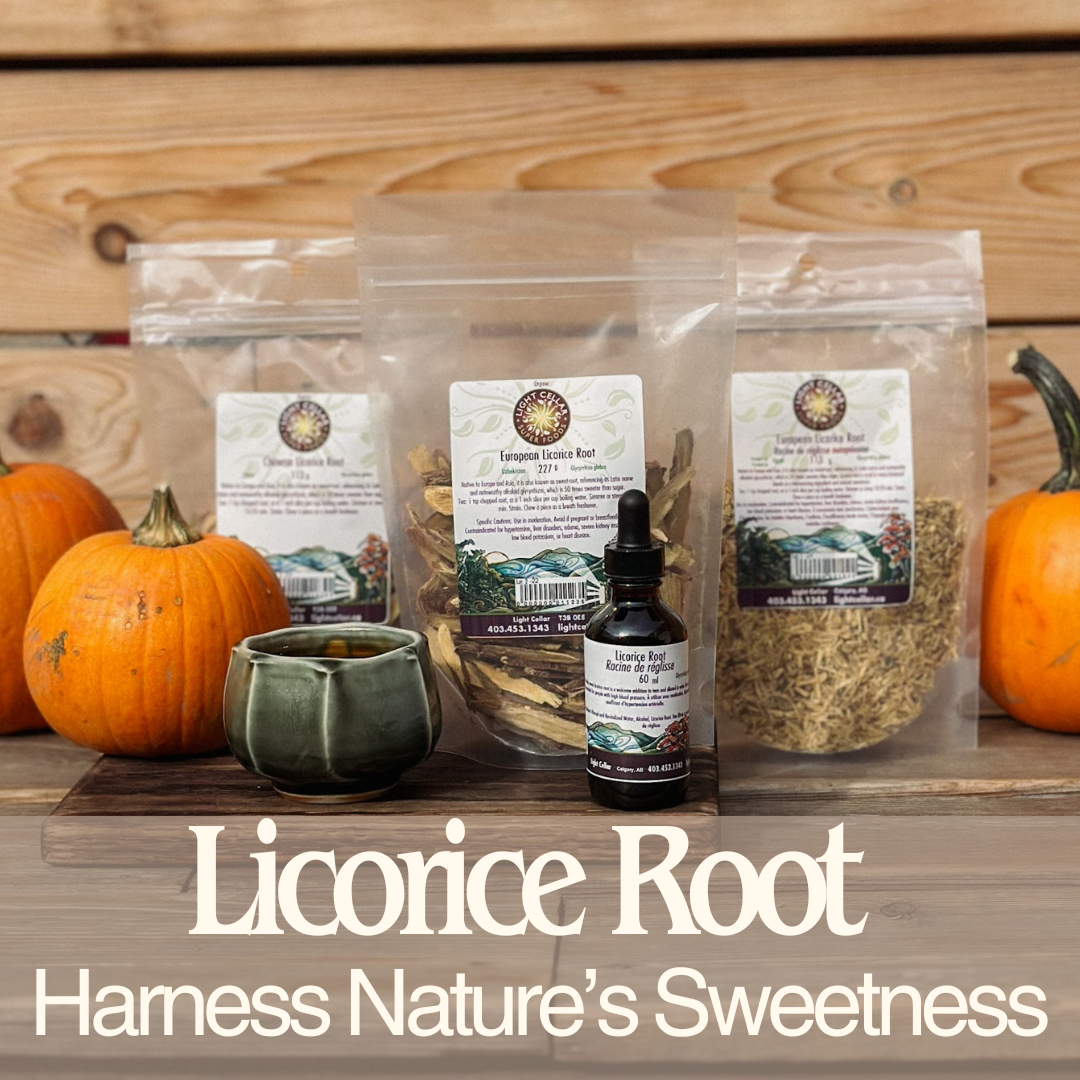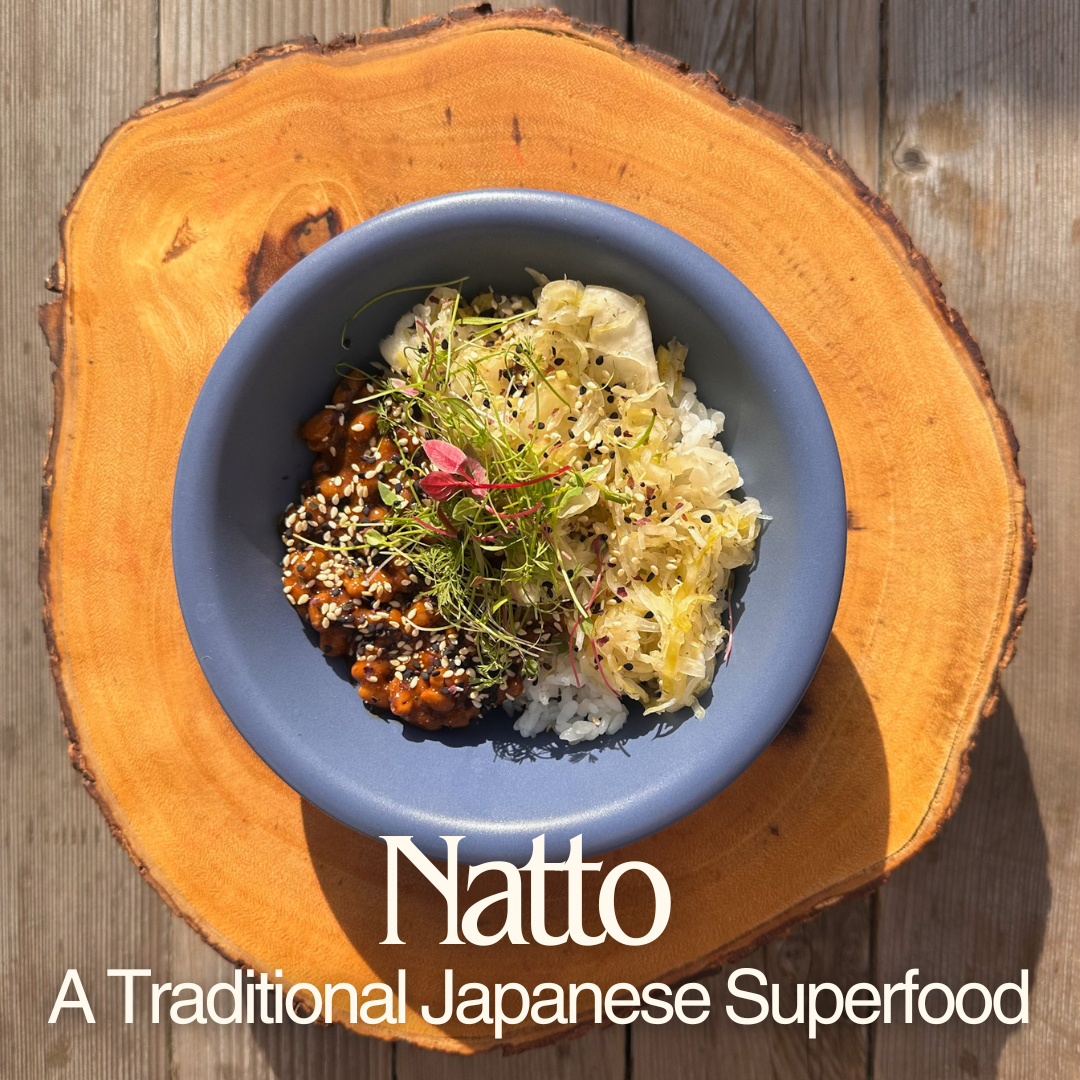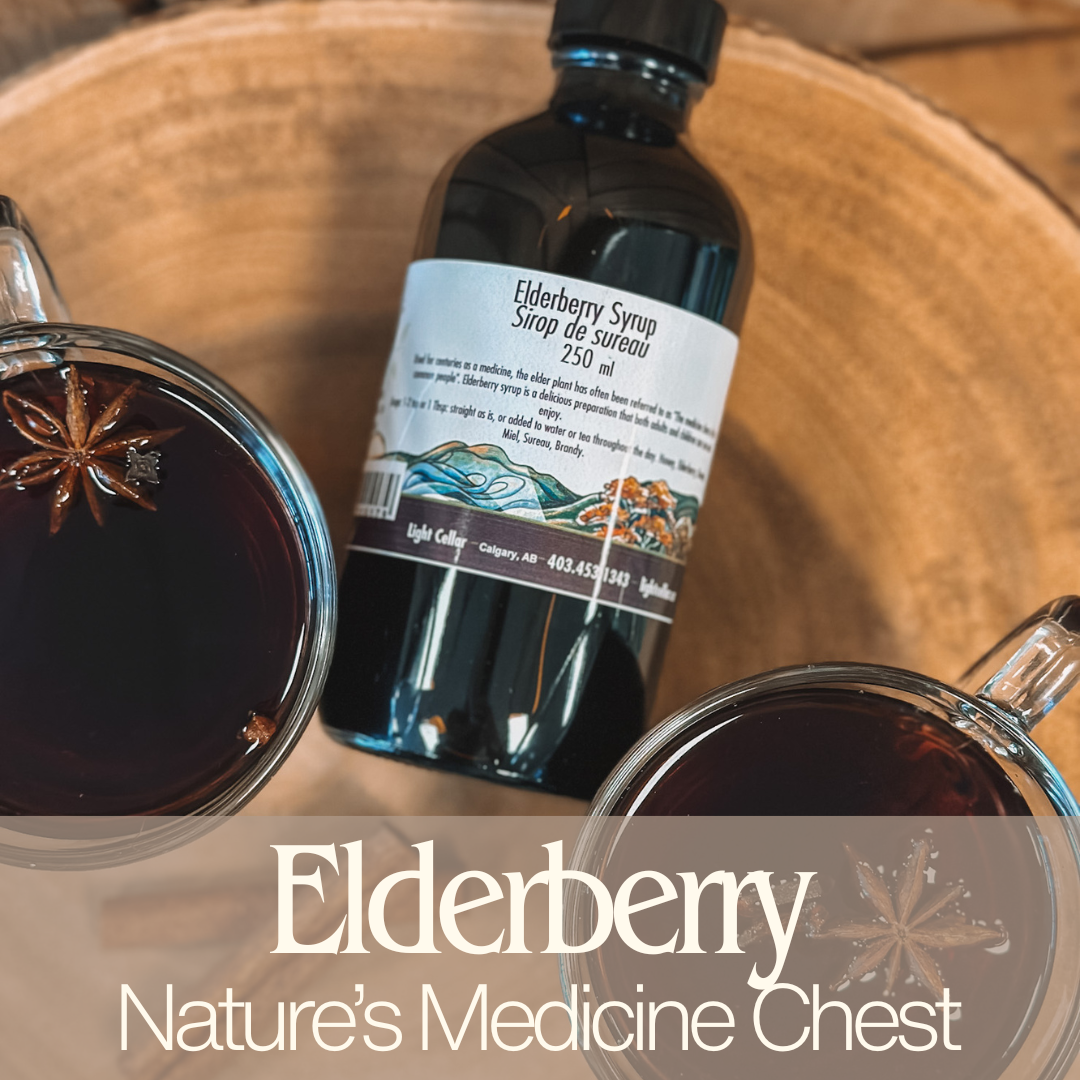Licorice root (gan cao, 甘草), scientifically named Glycyrrhiza Uralensis, comes from the root of the licorice plant and is one of the most widely used herbs in TCM (Traditional Chinese Medicine), second only to Ginseng in importance. Early Egyptians used licorice root as a cure-all. Roots were found in King Tut’s 3,000-year-old tomb, attesting to the herbs’ value in ancient Egypt. It was later imported to China where it became a fundamental medicinal herb used to treat a plethora of disharmonies.
The ancient Hindus made a tonic-milk using licorice root to increase vitality and the Chinese have long used the herb as a longevity herb that can help slow the signs of aging and keep a person strong and healthy. European tradition holds that the roots are so nutritious and thirst-quenching that just a small piece held under the tongue could keep a person alive for 10 to 12 days.
Benefits
Licorice root eases problems related to digestion such as like acid reflux, gastroesophageal reflux disease (GERD), upset stomach, and heartburn. It may also assist in treating peptic ulcers resulting from inflammation.
Chinese studies have also revealed that licorice can help eliminate or neutralize 1,200 known toxins!
Licorice root also serves to ease upper respiratory conditions such as cough, asthma, and sore throat. One study found that gargling with licorice before getting anesthesia cut the incidence of postoperative sore throat by half.
Studies also show benefits to oral health with the ability to shield against bacterial agents contributing to dental cavities.
Other licorice root benefits may include addressing issues like palpitations and abnormal heart rhythms. Furthermore, current research suggests licorice has potent antioxidant, anti-inflammatory, antimicrobial, and anti-cancer properties. It has shown promise in alleviating skin conditions such as acne and eczema, making it a common ingredient in topical skin products.
The benefits of licorice root can be enjoyed on it’s own, but it’s also commonly used in TCM as a “guide herb.” Guide herbs help direct herbs to the area of the body and health most needing healing. Licorice is considered unique in TCM as one of the very few herbs that can enter all twelve of the energetic Meridian systems allowing it to guide herbs through the entire bodily system.
Individual herbs and herbal formulas are only as effective and beneficial as their individual ingredients. Using formulas with the highest-quality ingredients ensures the best possible results. It also reduces the likelihood of adverse side effects from unseen contaminants. Sourcing ingredients ethically and sustainably helps reduce risks to the environment and those utilizing the formulas.
*Please note: Before taking any herbs, all patients should discuss their options with a professional, including any other medications the patient is currently taking, as there may be contraindications between pharmaceuticals and herbs.
About Joseph Coccagna Dr. Acu.
Joseph is a Doctor of Acupuncture with a private practice in Inglewood, Calgary. He provides individualized, patient-centred acupuncture treatments that are focused on a variety of internal disharmonies related to digestion, sleep, mental-emotional health, energy, nervous system dysregulation, pain, and more.
His philosophy is simple: his space is welcome and safe to everyone, he will make sure you feel seen and understood, and he will treat the whole “you” – body, mind & spirit.
To learn more about Joseph, visit josephcoccagna.com



